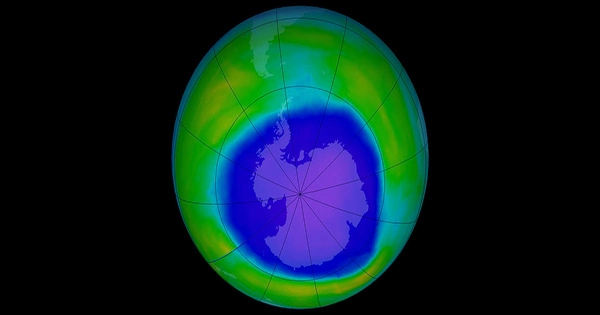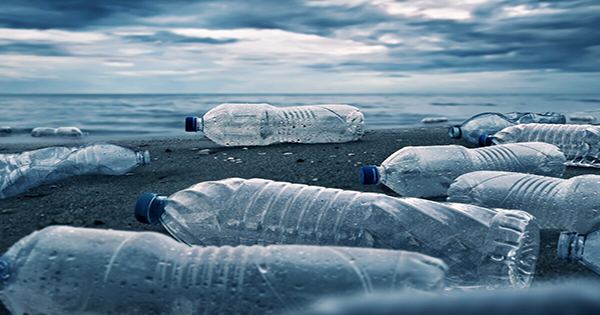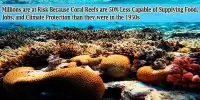We have some very upbeat environmental news to share with you: the ozone layer in the stratosphere of the Earth is gradually improving and is expected to recover completely in about 50 years.
The quantity of ozone-depleting chemicals in the mid-latitude stratosphere had decreased by more than 50% by early 2022, returning to levels seen in 1980, according to the NOAA’s Ozone Depleting Gas Index.
The ozone layer is a portion of the stratosphere that is located between 15 and 30 kilometers (9.3 and 18.6 miles) above the surface of the Earth and has a higher concentration of the gas ozone than other areas of the atmosphere.
It serves as a protective shield for life on our planet by absorbing a large portion of the Sun’s damaging UV rays. However, it became clear that human activity was eroding this priceless atmospheric sanctuary in the second part of the 20th century.
Chlorofluorocarbons (CFCs), man-made chemicals that were once commonly used in aerosol sprays, solvents, and refrigerants, were degrading this layer after being carried into the stratosphere.
But mankind moved quickly to act. Seven years after researchers first learned that CFCs were destroying the ozone layer, in 1987, the Montreal Protocol started to phase out the production of these substances. As this most recent NOAA analysis demonstrates, significant progress has been accomplished 35 years later.
Remember that the enormous ozone “hole” over Antarctica still exists. With the changing of the seasons, the size of the hole changes. CFCs cause the ozone layer over the Antarctic to break down and thin every year around September, just as the Southern Hemisphere transitions into spring.
Because the air in the Antarctic stratosphere is older than that in mid-latitudes, progress to close the hole has been slower than the recovery witnessed there. The concentration of ozone-depleting compounds has only decreased by an average of 26% since its high in the 1990s.
However, NOAA predicts that if this development keeps up, the Antarctic ozone layer could fully restore by 2070.
It’s vital to keep in mind that this advancement was only made possible by science and, more critically, by world powers really paying attention to science.
Only in 1985 did British Antarctic Survey scientists formally identify the ozone hole. The Montreal Protocol, which aims to maintain the ozone layer by phasing out ozone-depleting chemicals, was signed by world leaders in less than two years.
It has often been acknowledged as the UN’s most successful pact. It is still the only UN treaty that has ever been ratified by all 197 UN members or every nation on Earth.
Hard-hitting global action is now more necessary than ever due to the growing challenge of climate change, yet it is becoming less and less likely.
















